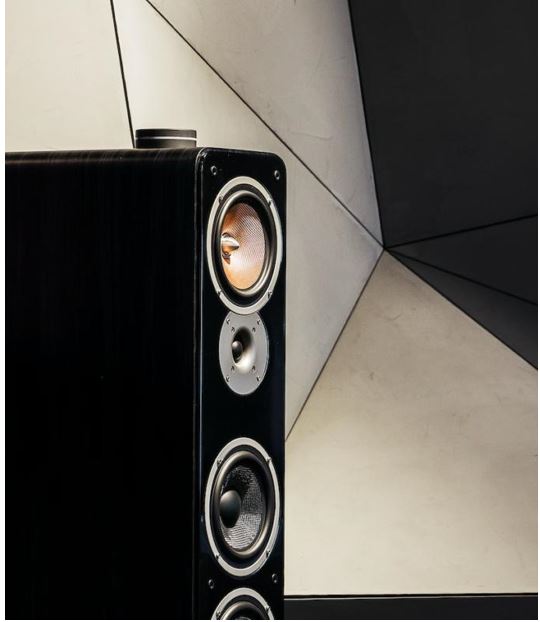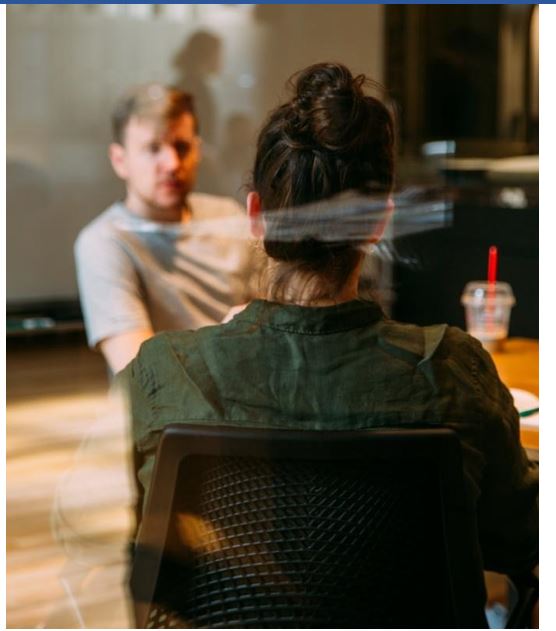Ah, the world of television series, where stories unfold with the flicker of a screen and characters become part of our daily lives. As we dive into the mesmerizing tales spun by these shows, there’s an unsung hero that often goes unnoticed but plays a pivotal role in creating the immersive experience we crave — sound design.
Now, I know what you’re thinking. Sound design? Isn’t that just about background music and explosions? Well, my dear readers, it’s time to unravel the auditory magic that transforms a mere series into an unforgettable journey. Join me as we venture into the fascinating realm of TV series sound design, from the meticulous art of Foley to the soul-stirring world of scoring.
FOLEY: THE ART OF EVERYDAY SOUNDS

Let’s start with Foley, the underappreciated artisan of sound design. Named after Jack Foley, a pioneer in the field, Foley is all about creating realistic and convincing sounds to enhance the visual experience. Ever wondered how footsteps on gravel sound so crisp or how a door creaks just right when a character enters a mysterious room? Thank Foley for that.
Consider a scene in your favorite detective series. Our protagonist stealthily makes their way through a dimly lit alley. The footsteps need to be not just footsteps but the exact footsteps that convey the grit and tension of the moment. Enter the Foley artist, who, with an array of props and a keen ear, replicates these sounds in a studio. Gravel underfoot? It’s not the real alley but a Foley artist stepping on gravel to mimic the effect.
It’s a meticulous craft that requires creativity and precision. Every rustle, every clink of a glass, is carefully chosen to synchronize with the on-screen action. The result? A seamless blend of reality and fiction that draws us deeper into the narrative.
SOUND EFFECTS: SHAPING THE WORLD
Now, let’s talk about sound effects, the unsung heroes of the audio world. It’s not just about replicating everyday sounds; it’s about shaping the very world we see on screen. Take a moment to recall a thrilling car chase in your favorite action series. The screeching tires, the roaring engines, and the occasional crash – each sound effect is meticulously chosen to amplify the adrenaline rush.
These effects don’t just happen; they are curated with surgical precision. Sound designers sift through vast libraries of audio, sometimes even recording custom sounds to ensure that every sonic element aligns with the director’s vision. Remember that explosive moment when the villain’s lair crumbled in your favorite superhero series? The sound of the crumbling rocks had to be just as spectacular as the visual effects. It’s the marriage of sight and sound that creates those spine-tingling moments we love.
DIALOGUE: MORE THAN JUST WORDS

Now, let’s turn our attention to dialogue – the backbone of any TV series. It’s not just about the words; it’s about how they’re delivered and how they resonate in our ears. Sound designers work tirelessly to ensure that every line is crystal clear, that the nuances in the characters’ voices convey the intended emotions.
Think of a gripping courtroom drama where a lawyer passionately delivers a closing statement. The rise and fall of their voice, the intensity in their tone – these elements are carefully balanced to evoke a visceral response. It’s not just about what’s said; it’s about how it’s said. The next time you find yourself on the edge of your seat during a heated confrontation, remember that it’s not just the actors; it’s the symphony of sound that intensifies the drama.
SCORING: CRAFTING EMOTIONAL LANDSCAPES
Now, let’s venture into the enchanting world of scoring, where music becomes the heartbeat of a series. Imagine your favorite fantasy series. The sweeping landscapes, the epic battles – they’re made even more magical by the enchanting score that accompanies them.
Scoring is about more than just background music; it’s about crafting emotional landscapes that guide our feelings. Picture a pivotal moment in a series, perhaps a long-anticipated reunion between two characters. The right musical score can turn a simple scene into a heart-wrenching crescendo of emotions. It’s the unseen force that tugs at our heartstrings, enhancing the visual narrative with an auditory layer of magic.
Consider the iconic theme of a series like “Game of Thrones.” The moment you hear those opening notes, you’re transported to the intricate and treacherous world of Westeros. The score becomes a character in itself, weaving its way into the fabric of the series and leaving an indelible mark on our memories.
THE ITERATIVE APPROACH: CRAFTING PERFECTION
Now, you might be wondering, how do sound designers achieve this symphony of audio excellence? Here’s where the iterative approach comes into play. It’s not a one-and-done process but a series of refinements, adjustments, and fine-tuning.
Sound designers collaborate closely with directors and editors, going through multiple iterations to achieve perfection. A scene might be reworked several times until every footstep, every rustle, aligns seamlessly with the visual narrative. It’s a labor of love, an ongoing dance between the auditory and visual elements until they become a harmonious whole.
Consider a series like “Stranger Things,” where the ’80s-inspired synth score is as much a character as the kids on their bikes. The iterative process here involves not just syncing the music with the scenes but also capturing the essence of a bygone era. It’s not just about sound; it’s about time-traveling through audio.
THE HUMAN TOUCH: HUMOR IN SOUND DESIGN
Now, let’s inject a bit of humour into our exploration. Yes, sound design can be humorous too! Think of those comedic series where the timing of a sound effect turns a simple pratfall into a laugh-out-loud moment. The well-placed “boing” or “whistle” can be as crucial to a joke as the punchline itself.
Consider a scene where a character accidentally knocks over a tower of pots and pans. The comedic impact isn’t just in the visual spectacle but in the exaggerated crashes and clangs carefully crafted by a sound designer. It’s a subtle art, knowing when to amplify the humour with sound and when to let the silence speak for itself.
IN CONCLUSION: THE UNSEEN ARTISTRY

In the vast landscape of TV series, where characters captivate and stories unfold, sound design stands as the unseen artisan, shaping our auditory journey. From the subtle art of Foley to the grandeur of scoring, every element is a brushstroke on the canvas of storytelling.
Next time you find yourself engrossed in a series, take a moment to appreciate the footsteps that echo in a quiet alley, the thunderous roar of a dragon, the heartfelt melody that accompanies a tearful goodbye. It’s the magic of sound design that elevates a series from mere entertainment to an immersive experience, making us laugh, cry, and gasp in awe.
Moreover, while we’ve delved into the wonders of sound design in this piece, there’s a vast world of cinematic adventure awaiting discovery beyond these words. If you’re ready to share the magic of movies and TV series with countless curious minds on your YouTube channel, consider harnessing the power of Socialgreg’s offerings to amplify your reach and captivate audiences worldwide.
So here’s to the unsung heroes behind the scenes, the wizards of sound who transform the ordinary into the extraordinary. As we continue our journey through the ever-expanding world of TV series, let’s not just watch but listen, for in the delicate dance of sound lies the tru
